There are certain things you expect when you come home for the summer: overpacked drawers in your childhood room, questions from relatives about your major and, like clockwork, running into people from high school everywhere you go.
This summer, I’ve been working at the local community center. It’s a good gig: scan some IDs, give some tours and occasionally point to where the water fountain is. But what I didn’t expect was just how much of a social rewind it would become.
Every week, like some kind of low-stakes ritual, the same four guys from my high school show up to play basketball. Without fail, they come through the doors, gym bags slung over their shoulders, looking like they never left senior year behind. They aren’t bad guys, just the types who always seemed like they had something to prove.
Back in school, they were loud, semi-athletic and kind of everywhere. Not people I hung out with, not people I had real problems with either. Just … those guys. The ones you remember mostly because they were hard to ignore.
Now they stroll in like they own the place. One of them always tosses a comment my way, usually something like “still working hard, huh?” with a smirk that suggests he thinks this job is somehow a punchline. I smile, say “yep,” and scan him in, even though I already know all of their names by now.
They head to the gym, where I can hear the squeak of their sneakers and occasional shouts of “foul” echoing through the halls like it’s the state finals.
Weirdly, these guys have become part of the rhythm of my summer. It’s not that I dislike them, it’s just that running into them every week reminds me how much has changed for me and how much hasn’t for some people.
In college, everything feels new. You’re surrounded by people who don’t know your past, who meet you as you are now. Back home, there’s this weird weight of familiarity, like you’re being slotted back into an old version of yourself, whether or not it still fits.
It’s not just them. A couple of my coworkers are from my graduating class and a few are younger. People I remember seeing around school when I was a junior or senior.
It’s strange working with someone who once sat a few rows behind you in math class and now you’re swapping shifts and gossiping about weird gym patrons like you’ve been friends the whole time.
There’s an unspoken rule when you run into someone from high school: pretend it’s not weird. You both recognize each other, maybe say a casual “hey” and go about your day. It’s like a social muscle you haven’t used in a while, polite nods, vague smiles and lots of mutual pretending that the past doesn’t sit between you.
I have to admit, as much as I internally roll my eyes when I see those four guys checking in again, there’s something oddly comforting about it, too. They’re consistent. They show up. They still have that energy, that chemistry, like they never skipped a beat.
While I’m not trying to relive my high school days, something is grounding about seeing familiar faces doing something they love — even if I wouldn’t choose to join them.
Maybe that’s just part of being home. It’s a weird in-between space. You’re not the person you were in high school, but you’re not quite fully formed either.
So you navigate this strange middle ground, bumping into people who knew you when you were figuring it all out. Some are doing the same things and some have changed in ways you don’t expect.
Either way, running into people from high school is its own kind of summer tradition. It’s not always pleasant, but it’s part of the landscape — like sunburns, late-night fast food runs and trying to remember your Wi-Fi password at home.
My shift ends, the guys head out with sweaty shirts and inside jokes and I get ready to do it again next time. Because like the heat and the mosquitoes, some things about summer never change.
MORE COLUMNS

It’s a familiar scene: summer rolls in, finals are finally behind you and you’re back in you…






























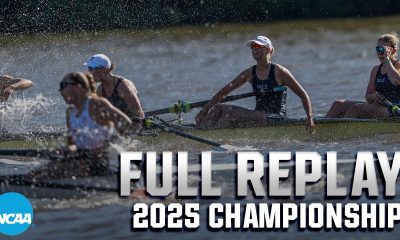



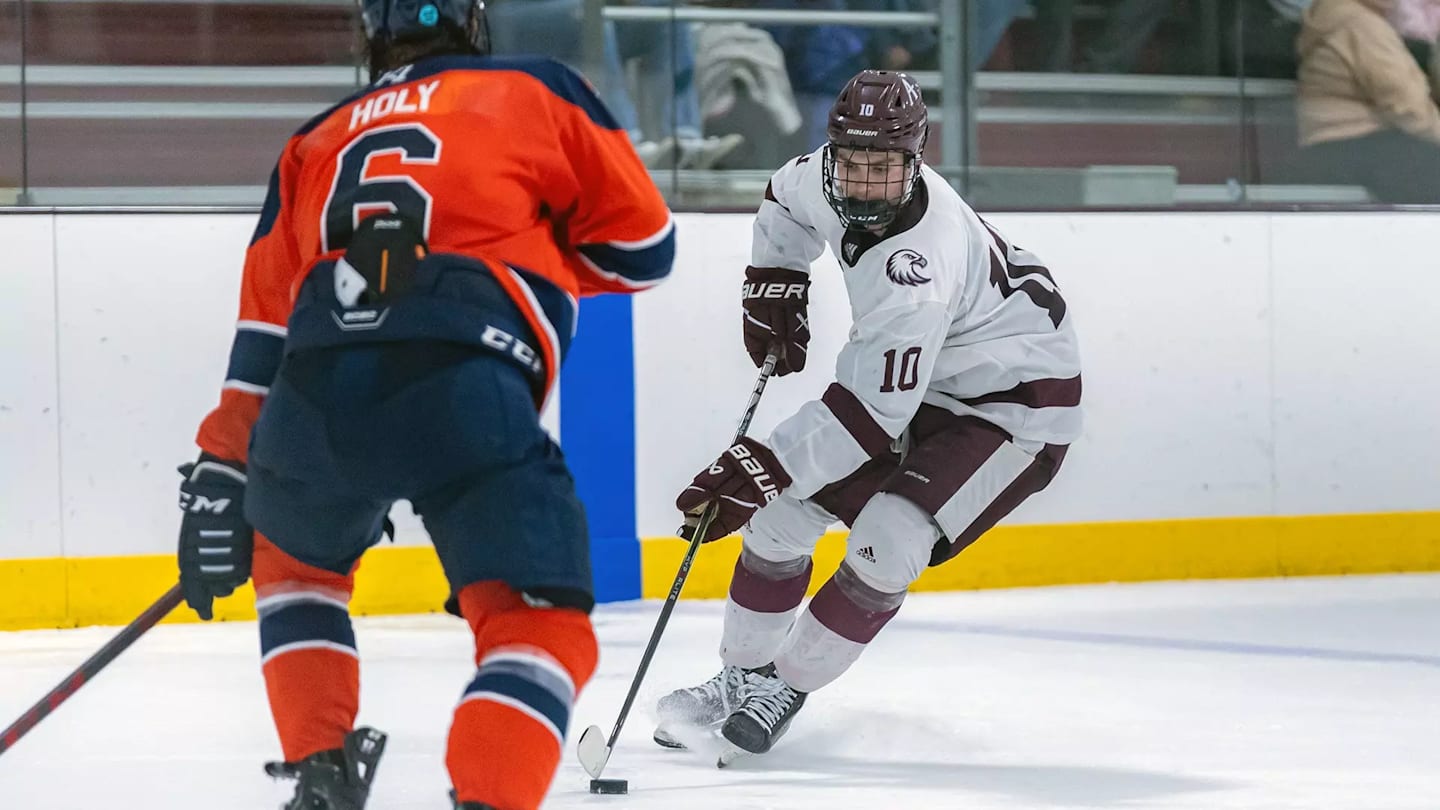

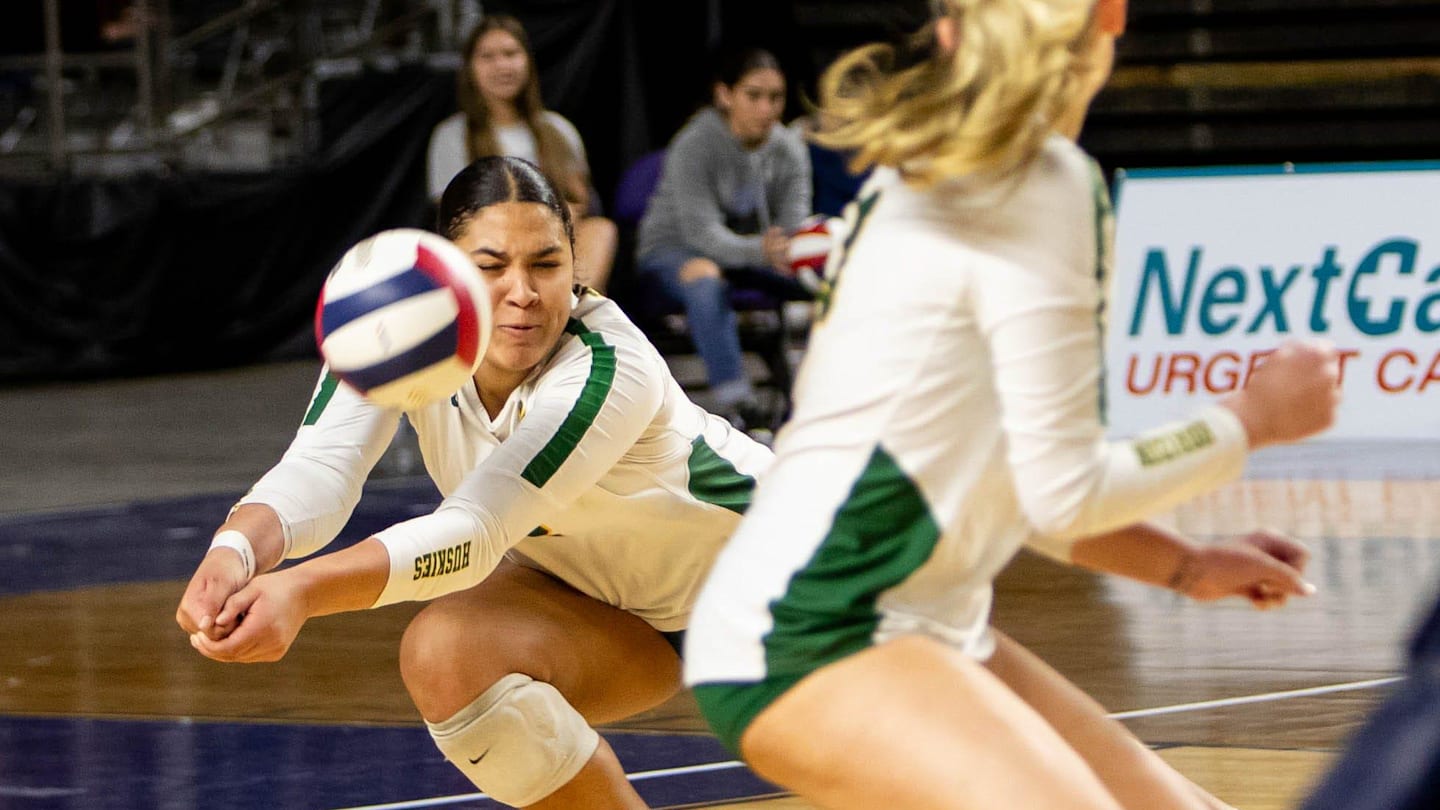
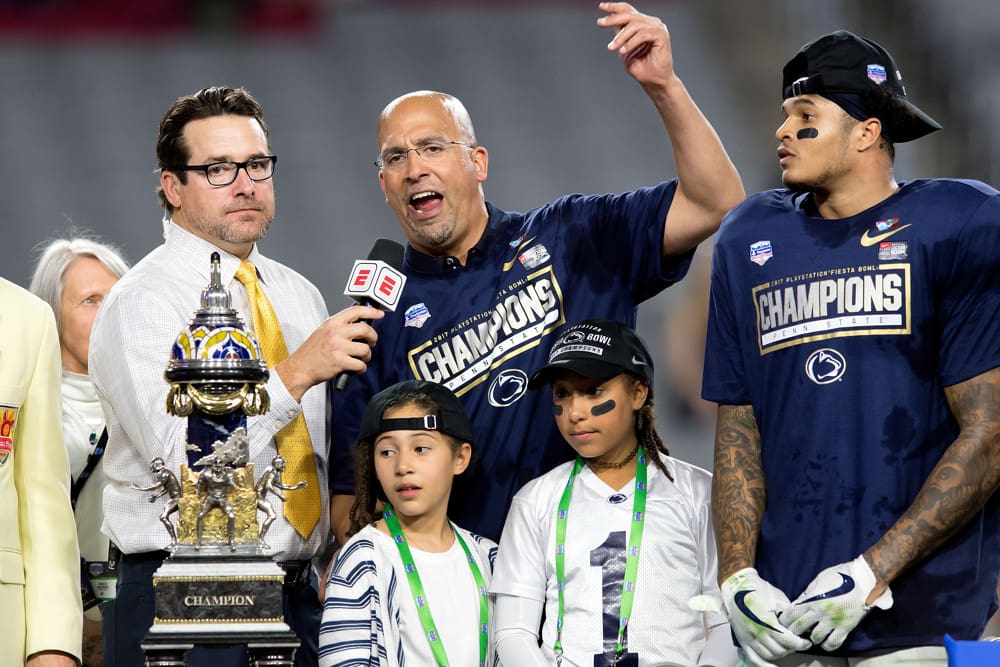
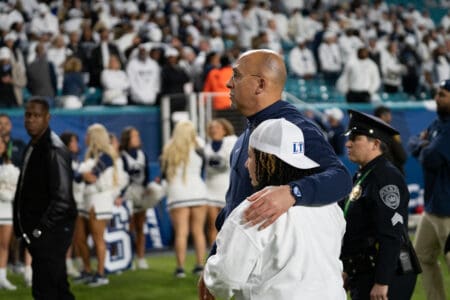









 | 2025 Wimbledon
| 2025 Wimbledon







































 BREAKING: NBA MVP Shai Gilgeous-Alexander signs the RICHEST annual salary in league history
BREAKING: NBA MVP Shai Gilgeous-Alexander signs the RICHEST annual salary in league history